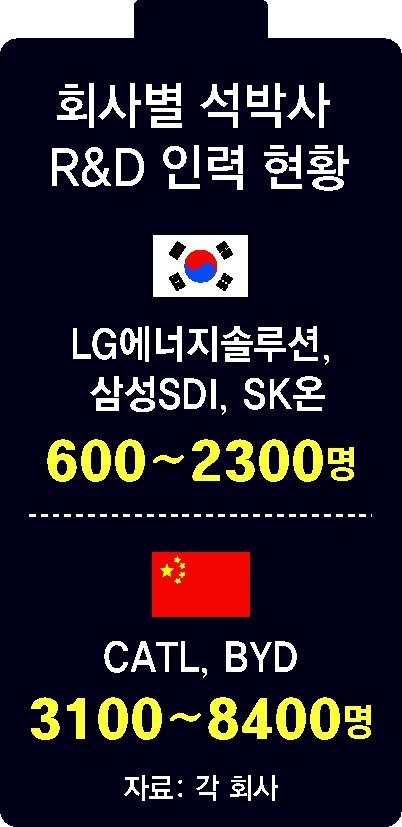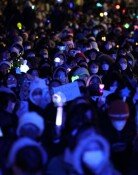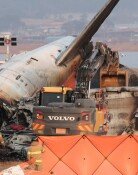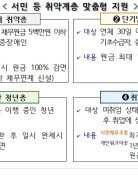Korea’s battery industry is plagued by expert shortage
Korea’s battery industry is plagued by expert shortage
Posted February. 15, 2024 07:43,
Updated February. 15, 2024 07:43

Last year, a Korean battery manufacturer conducted vigorous research and development of novel form factors. Form factors are the ultimate configurations of battery modules, which can take the shape of squares, cylinders, and so on. Regrettably, the researchers found themselves compelled to consult YouTube in the absence of experts.
“In the initial phases of development, we turned to a YouTube video posted by a battery research lab at an American university to emulate,” a researcher from the battery company said. “Unlike the semiconductor or automotive industries, which were pioneered and led by foreign players, the battery sector has no prior technology for benchmarking. There is only a handful of experts. We often find ourselves navigating uncharted territory.”
“K-battery” has been a frontrunner in the global electric vehicle market, but it is now entangled in a shortage of skilled professionals. While Korean firms have spearheaded the initial advancement in the worldwide battery industry, the absence of seasoned experts poses a challenge to sustaining competitiveness in the future market. In contrast, China, Korea’s primary contender, is cultivating a substantial pool of experts with extensive government support.
According to the 2023 Inquiry into Personnel in Korea’s Battery Industry, which was conducted by the government and affiliated organizations, on Wednesday, the industry was grappling with a shortage of skilled professionals. The survey indicates that as of the end of 2022, there were merely 9,400 experts possessing master’s and Ph.D. degrees in battery and battery components, falling short by 700 in comparison to the industry’s demand. Notably, this marks the first inquiry into the number of R&D personnel within the domestic battery sector.
Conversely, according to the latest comprehensive annual reports released by leading Chinese corporations, the collective count of R&D personnel in seven leading battery companies in China, recorded at the end of 2022, tallied up to 15,200. Notably, CATL, the largest battery manufacturer in China, has a workforce of 3,100 in this domain, while BYD, the second-largest, claims a significant 8,400 R&D professionals. This starkly contrasts with Korea’s situation, where three Korean battery manufacturers have a workforce ranging from 600 to a maximum of 1,900 in each company.
Do-Young Kwak now@donga.com







